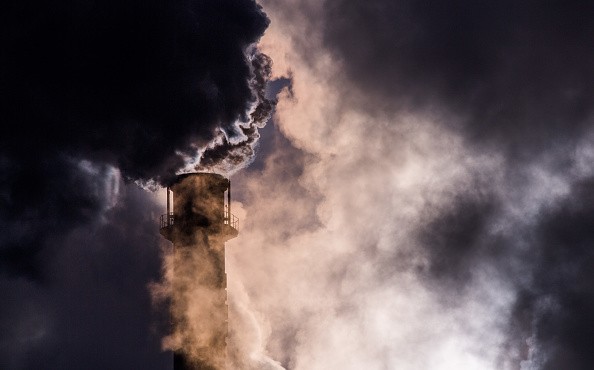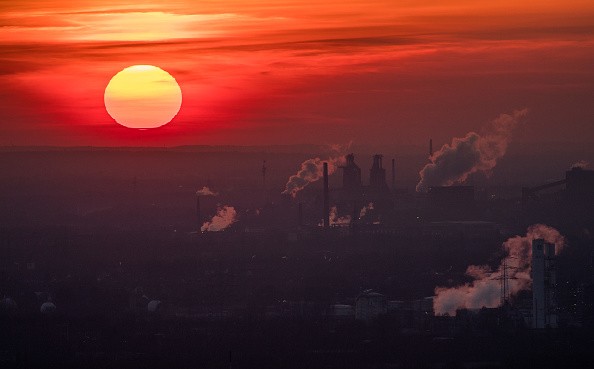The race to achieve stable global temperature is far more likely to be attained if recent climate promises are kept. Before the United Nations Conference of the Parties, or COP26, which is presently taking place in Glasgow, over 100 countries have made new promises to cut greenhouse gas emissions.
New promises, or "Nationally Determined Commitments" (NDCs), were assessed in a Science journal report released on November 5. The study's authors, including institutions such as the Pacific Northwest National Laboratory and Imperial College London, found that the current NDCs might lead to a path toward reducing global warming to 2°C or less by the end of this century.
New Commitments to Decrease Greenhouse Gas Emissions

Under promises made at the 2015 Paris Agreement, the odds of limiting change in temperature to less than 2°C and 1.5°C above the normal temperature prior to 2100 industrial revolution were 8% and 0% in the order given.
There is a 34 percent possibility of that happening under the new promises if they are effectively achieved, and 1.5 percent if they are supplemented by policies and initiatives that are comparable or higher in ambition. These possibilities rise to 60 and 11 percent, respectively, if nations choose a more ambitious route after 2030.
There is also a very low possibility that global temperatures will rise over 4°C in the future. At roughly 10% likelihood, this warming was more likely to occur under the 2015 promises.
Simulating a Spectrum of Emission Scenarios
Researchers simulated a wide range of emission scenarios using an open-source model known as the Global Change Analysis Model (GCAM). Climate models calibrated to the conclusions of the IPCC's most recent climate assessment were then used to estimate the probability temperature results for the different scenarios.
Climate change mitigation methods and regulations might stay unchanged until the year 2100 in a hypothetical scenario.
Countries agree to more aggressive emission reduction and decarbonization goals at the other end. Models like this one show the diversity of climatic outcomes that are possible even if various actions are taken.
Fortunately, the model shows how some of the most severe possibilities might be avoided if existing promises are kept.
However, these commitments are still insufficient to satisfy the Paris Agreement's objectives, and the COP26 still has a big job ahead of them. In order to meet the goal of keeping global temperatures from rising over 1.5 degrees Celsius, the promises must be bolstered.
Implementing the Paris Agreement

In order to achieve the long-term climate benefits stated in this research, the newer and expanded objectives must be implemented. Climate action data doesn't yet measure up with pledged ambition, says a climate scientist.
According to the authors, a number of variables influenced short-term emissions trends and long-term climatic effects. Solar panels and electric cars have become more affordable as a result of technical advancements. They claimed that these new advancements had contributed to the achievement of the Paris Agreement's objectives.
This century's greenhouse gas emissions are expected to be lower than previously estimated, partly owing to post-2015 changes such as less coal power investment and a lower cost of renewable energy.
According to co-author and Pacific Northwest National Laboratory research scientist Dr. Gokul Iyer, "new commitments, technological advances, and the near- and long-term recovery from the pandemic have set us on a different course than what laid before us at the 2015 Paris Agreement."
It is possible to keep under 2 degrees Celsius if more ambitious targets that genuinely represent the shared but varied responsibilities across all stakeholders is embraced, he added.
Related Article : Flooding, Drought, and Wildfires to Worsen as Global Heating Disturbs the Planet's Water Cycle
For more news, updates about global heating and similar topics don't forget to follow Nature World News!
© 2025 NatureWorldNews.com All rights reserved. Do not reproduce without permission.





